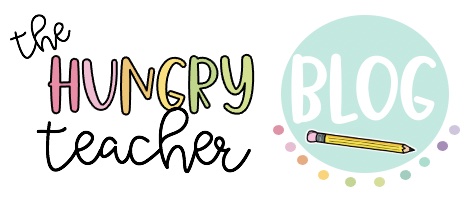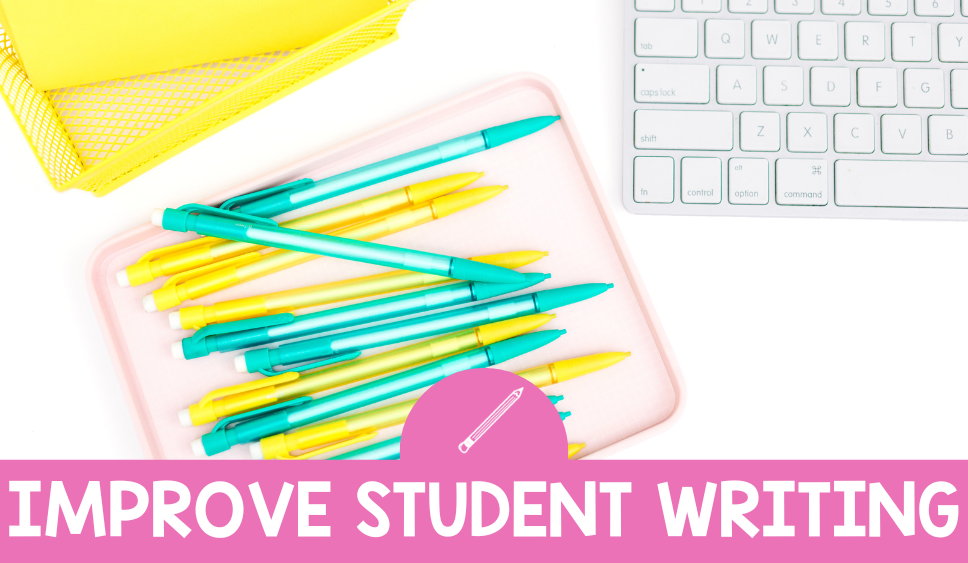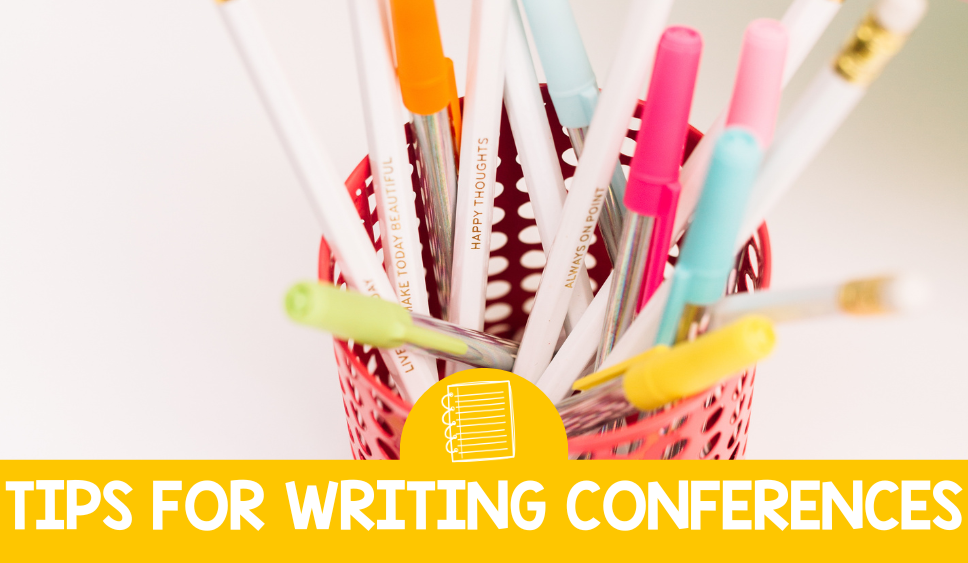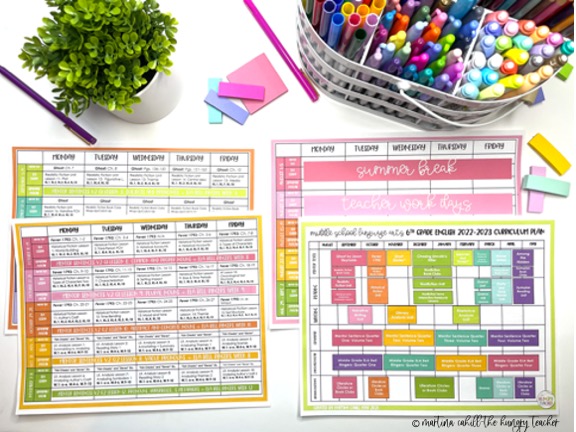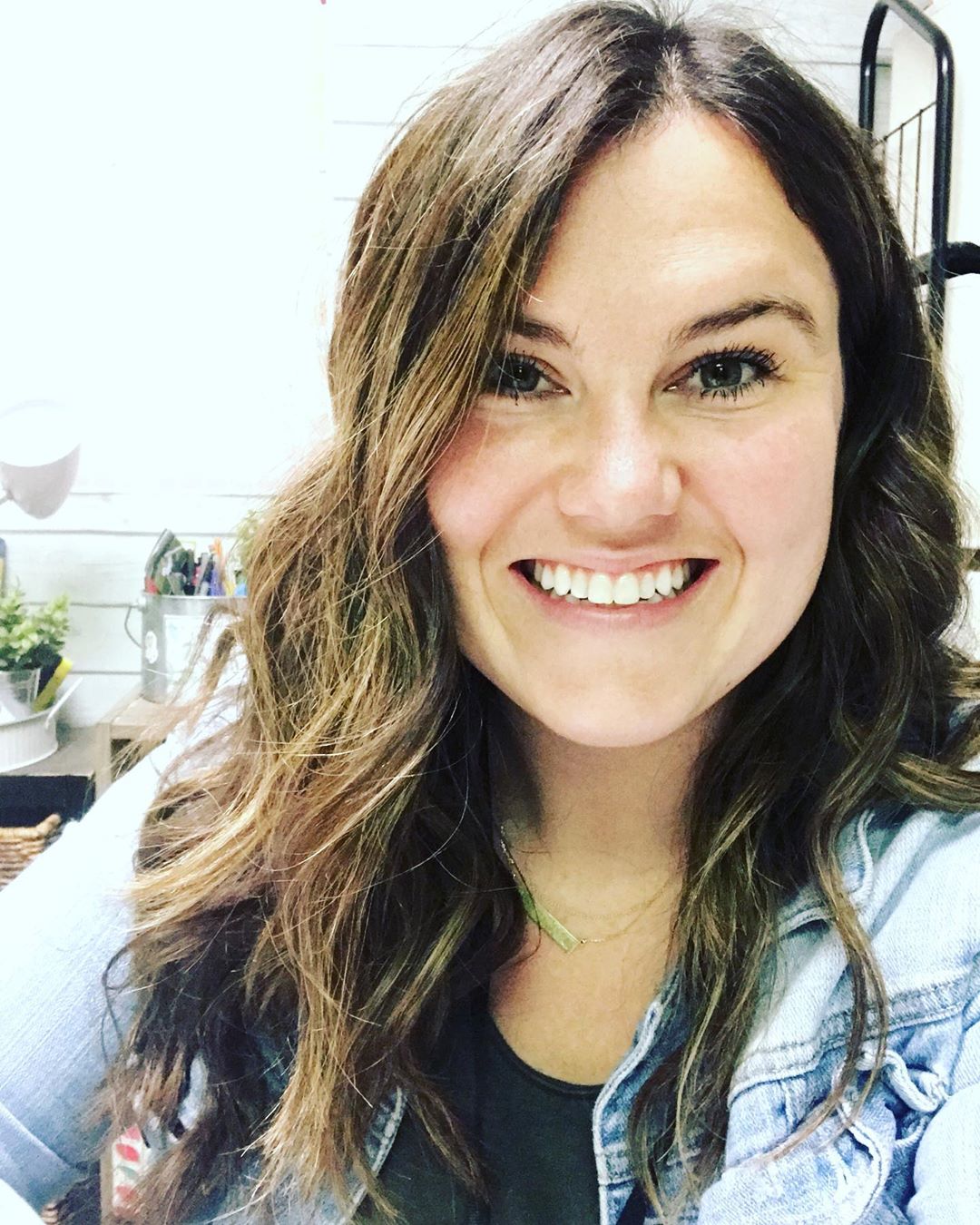
Middle School Narrative Essays and Middle School Writing Conferences
Five years ago, I had just started my first year of teaching 7th and 8th grade English Language Arts. We were working on writing middle school narrative essays and I did a blog post on how I taught it here.
I have grown SO much since that time. My students definitely learned a lot, but especially because I teach the same kids in 8th grade as I do in 7th, I knew that I had to really up what we are doing this year.
Disclaimer: I don’t teach “personal narratives.” I know. Writing gods across the universe are gasping in shock, but it’s a decision I made a couple years ago, kind of on a whim, but has been the best thing I have ever done.
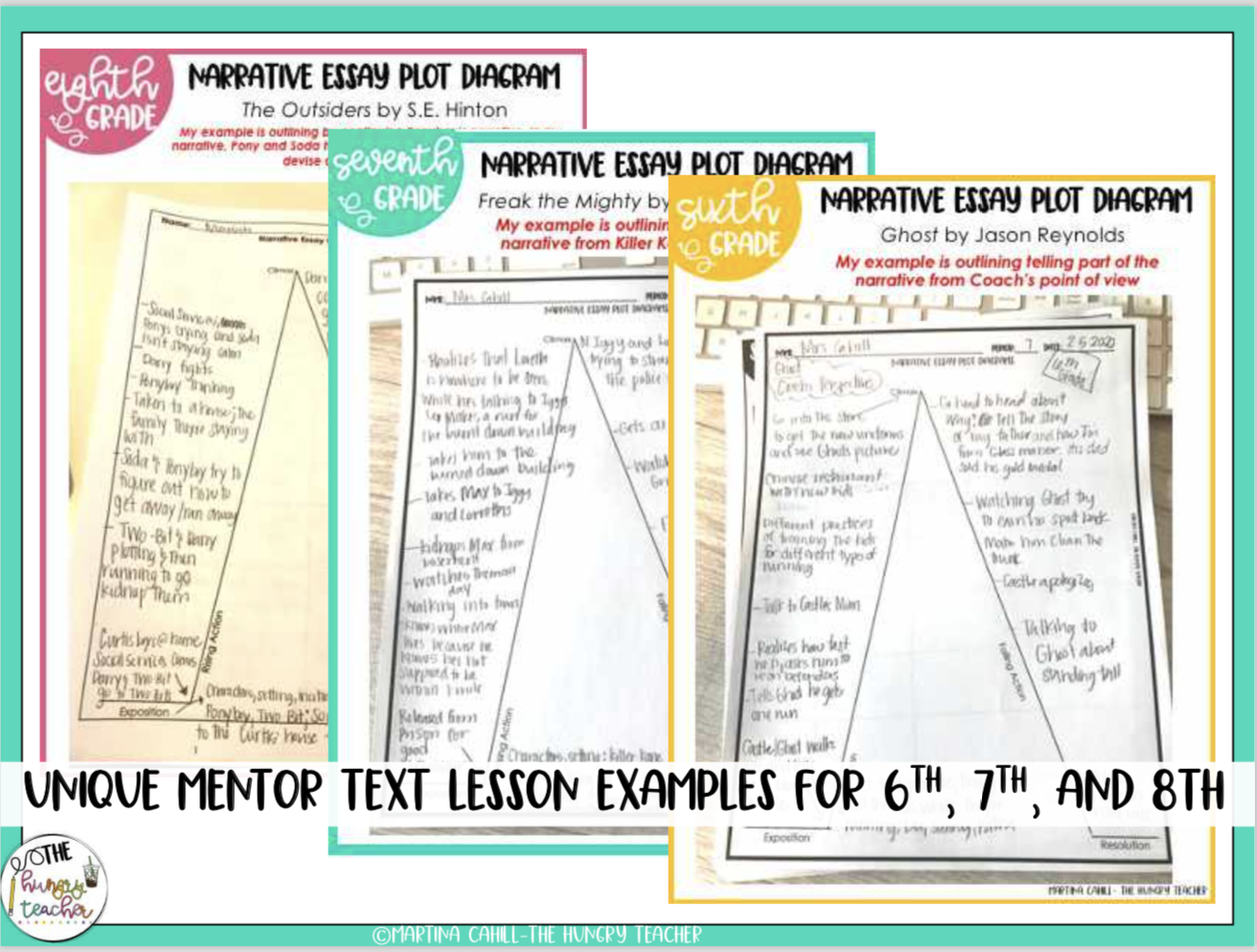
WHY NOT PERSONAL NARRATIVES?
I just feel like kids have written 8-10 personal narratives by the time they get to me, and we are all over it. Plus, sometimes it’s REALLY hard for kids to write something meaningful about the first time they were stung by a bee… or whatever small moment I spend hours and days trying to help them come up with.
I found that when students have to use narrative elements to become a character from a narrative mentor text, they don’t spend days trying to figure out what to write. They truly use narrative craft because they have a complete and well done mentor text to constantly reference. Plus they’re final essay and their writing are just SO FREAKING GOOD.
My first year, we read Freak the Mighty in both seventh and eighth grade. Students had to write from Freak’s or from Killer Kane’s point of view. They were some of the best essay I’ve ever read.
I used my Realistic Fiction and Literature Terms/Devices unit, along with Freak the Mighty.
I use the novels to teach literary elements and they use that knowledge to write their middle school narrative essays. We also focus a lot on thinking critically about the texts we read.
CHANGING IT UP EACH YEAR
My first year teaching middle school ELA, I taught a lot of the same lessons to both seventh and eight grade. It was honestly perfect as I learned two new grade levels, but that meant I changed things up a lot in the following years.
I still did the same thing with my 7th graders this year, and we are just about done writing our rough drafts.
For 8th grade, I had the same students, so I decided we would read The Outsiders. Even more so, instead of them just having to write from the point of view of a character, I actually wanted them to have to do some of that hard thinking that they might be missing out on by not doing a personal narrative.
With this in mind, my 8th graders had to continue Ponyboy’s narrative. Their middle school narrative essays still had to have a plot and climax that was completely developed. Essentially, I was asking them to write another chapter of the book.
It was REALLY HARD for all of us, especially in the planning stages, but I scaffolded and modeled A LOT. Now we’re on rough drafts too, and they’re seriously amazing.
I have since also added a sixth grade example for everything. We used Jason Reynolds novel, Ghost for their mentor text. Again, we used my realistic fiction unit and their novel study units.
COMPLETE NARRATIVE WRITING UNIT
Each year, I changed how we did our narrative writing unit, and I continued to update my examples and lesson plans each year.
I have since compiled all my middle school narrative writing lesson into one complete unit that you can get here.
Since I do teach middle school narrative essays differently than a lot of teachers, I thought I would give you a better overview of what the complete units looks like, plus show you some freebies you can get to use today!
NARRATIVE WRITING UNIT OVERVIEW
- Session 1: Elements of Narrative Essays Part one
- Session 2: Elements of Narrative Essays Part Two
- Session 3: Narrative Plot Diagrams
- Session 4: Using Sensory Details
- Session 5: Using Dialogue Correctly
- Session 6: Using Dialogue Effectively
- Session 7: Ways to Start a Narrative, Writing Rough Drafts, Writing Conferences
- Session 8: Using Narrative Transitions, Writing Rough Drafts, Writing Conferences
- Session 9: Pacing Narrative Writing, Writing Rough Drafts, Writing Conferences
- Session 10: Ways to End a Narrative, Writing Rough Drafts, Writing Conferences
- Session 11: Consistent Verb Tenses, Peer Editing, Writing Conferences
- Session 12: Editing vs. Revising Rough drafts, Writing Conferences
- Session 13-15: Publishing final drafts, Writing Conferences
Each lesson plan has standard alignment, lesson plans for learning period, interactive notebook pages when applicable, teacher prep, writing conference forms and examples, and more!
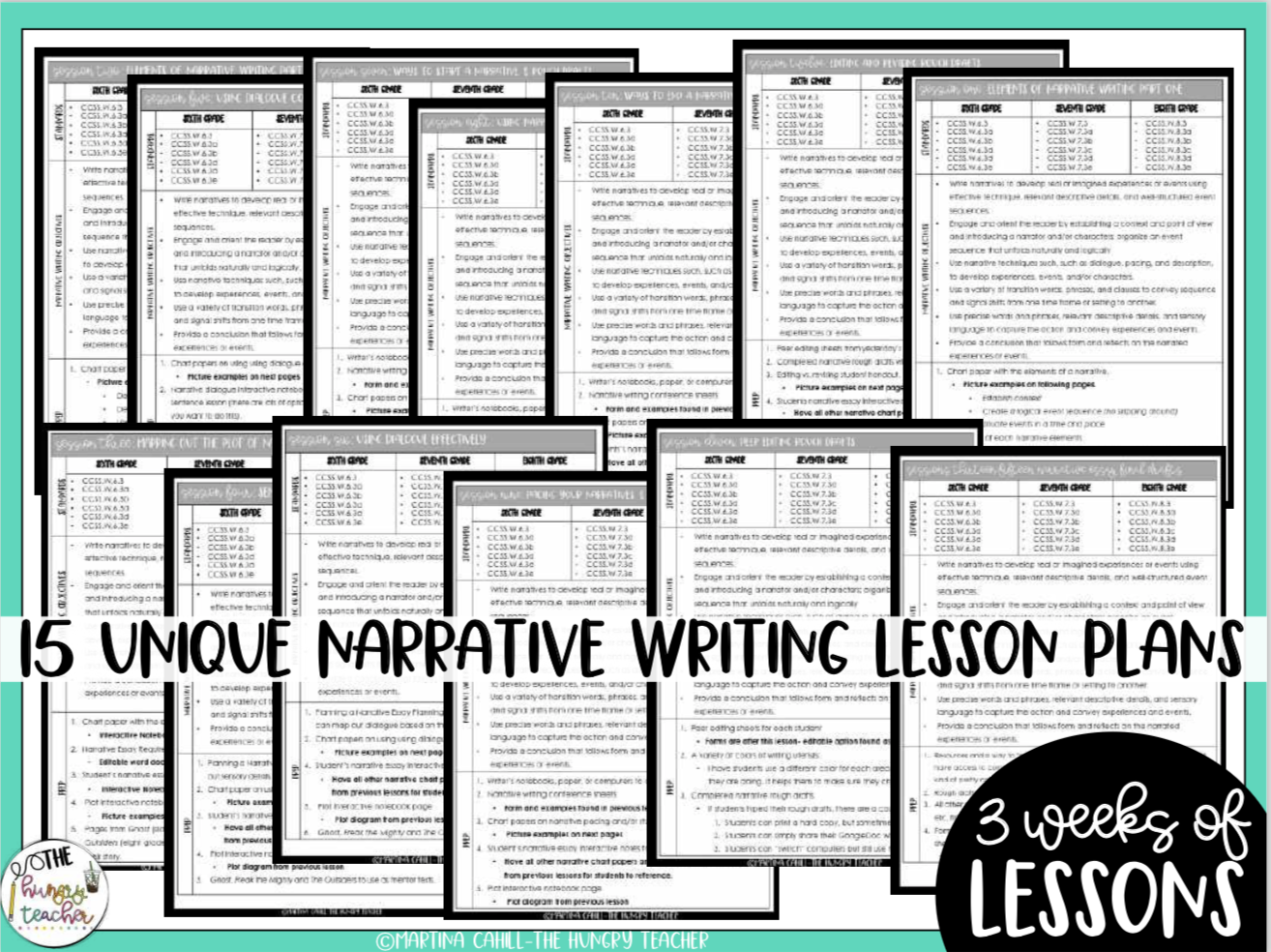
INTERACTIVE NOTEBOOK PAGES
With middle school narrative essays I find that students need some front loading before drafting. Because of that, we do spend the first few days doing some interactive notebook lessons on elements of narrative.
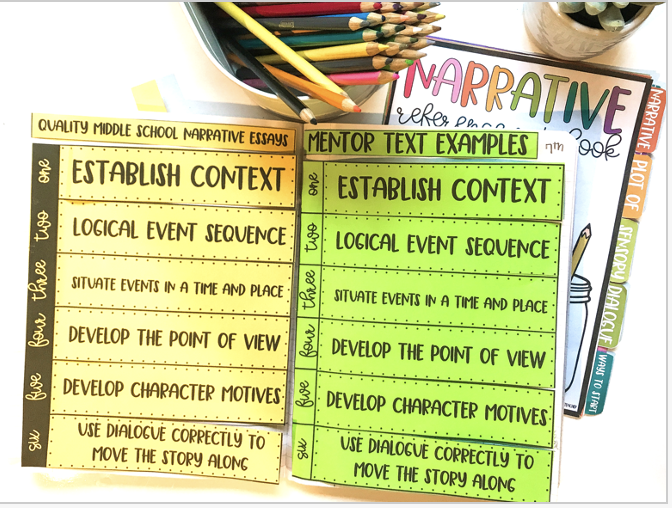
Personal narratives are all about teaching students to use the elements of narrative writing. Since we aren’t doing a personal narrative, I focus heavily on the elements of a narrative to start. We start by defining each of the elements but then look for examples in our mento texts. This is huge because they use their mentor text to write their essays.
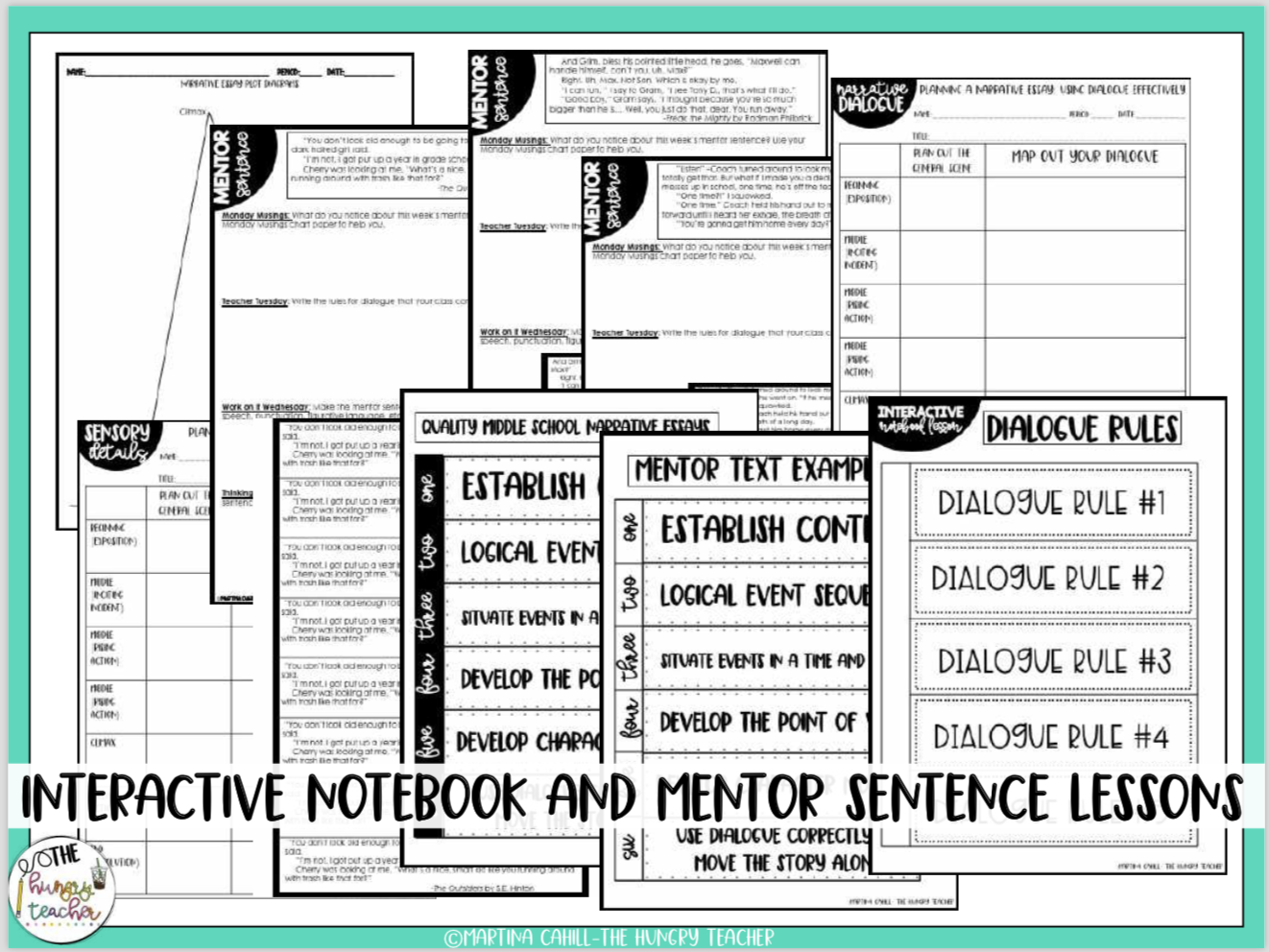
DIFFERENTIATED EXAMPLES BY GRADE LEVEL
As someone who taught all three grade levels of middle school at the same time, I always needed different examples. I like to be able to use the same units, but use different content. If there is an interactive notebook lesson, I made sure to differentiate examples by grade level.
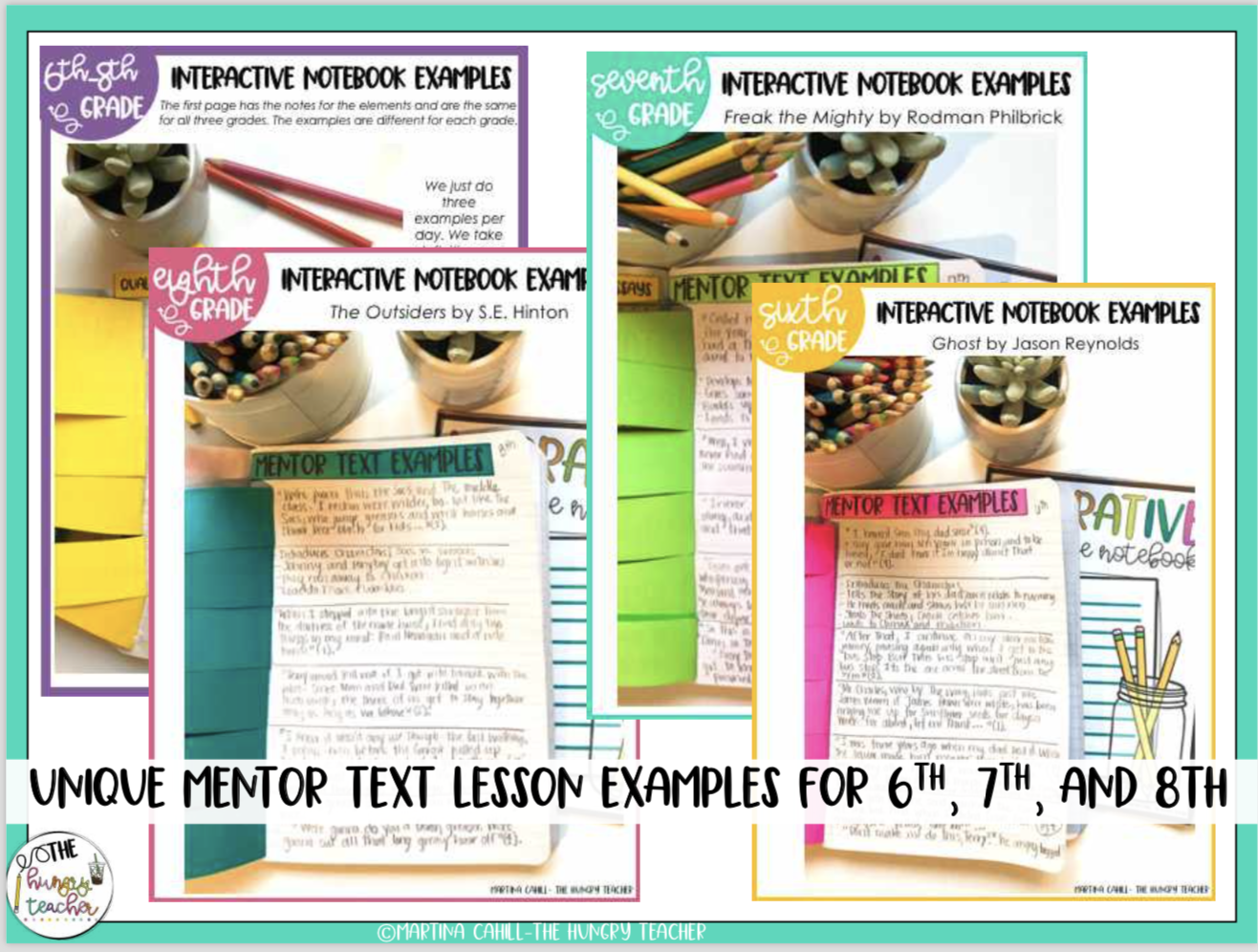
The same is done for all of the lesson plans when there are examples based on the mentor texts. I use Ghost for sixth grade, Freak the Mighty seventh grade, and The Outsiders for eighth grades, so I make sure I have different examples for each.
It drove me crazy when students would say things like, “I don’t get what to do.” So I made sure I had examples that were conceptualized for each grade level so there was no excuse.
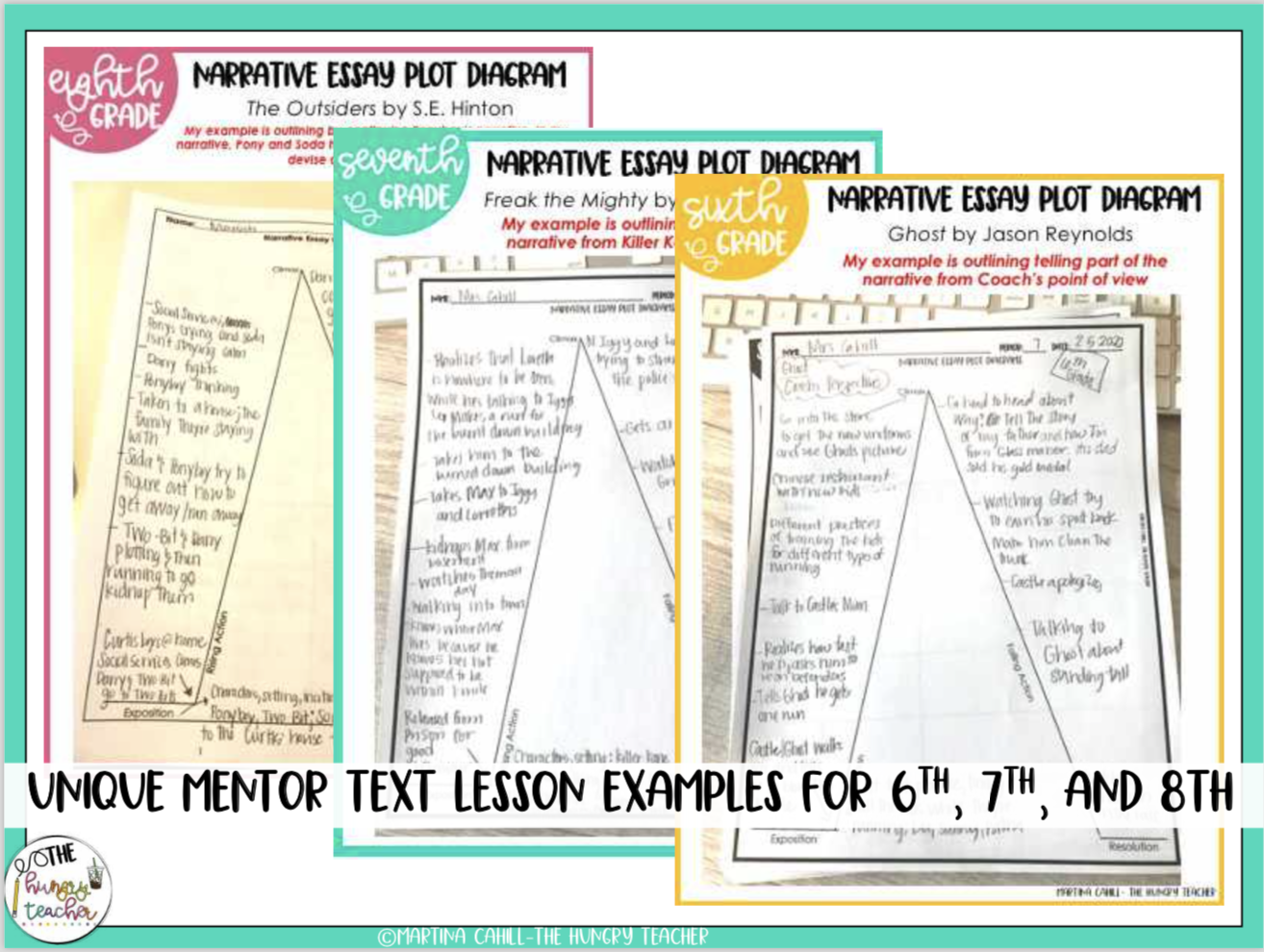
NARRATIVE ESSAY CHART PAPERS
I know I teach middle school ELA, but I still love using chart papers for students to reference. Most of my interactive notebook lessons were adapted and created based on the chart papers.
You don’t have to do both the chart papers and the interactive notebook lessons, but I did include images of all my chart papers. I honestly just made them as I came up with elements that I knew we need to dig deeper into throughout the unit.
When I was in a pinch some year, I honestly could just print the chart papers on 8×10 paper so students could glue them into their notebooks. I don’t think it is as effective as student taking their own notes, but sometimes you’re short on time.
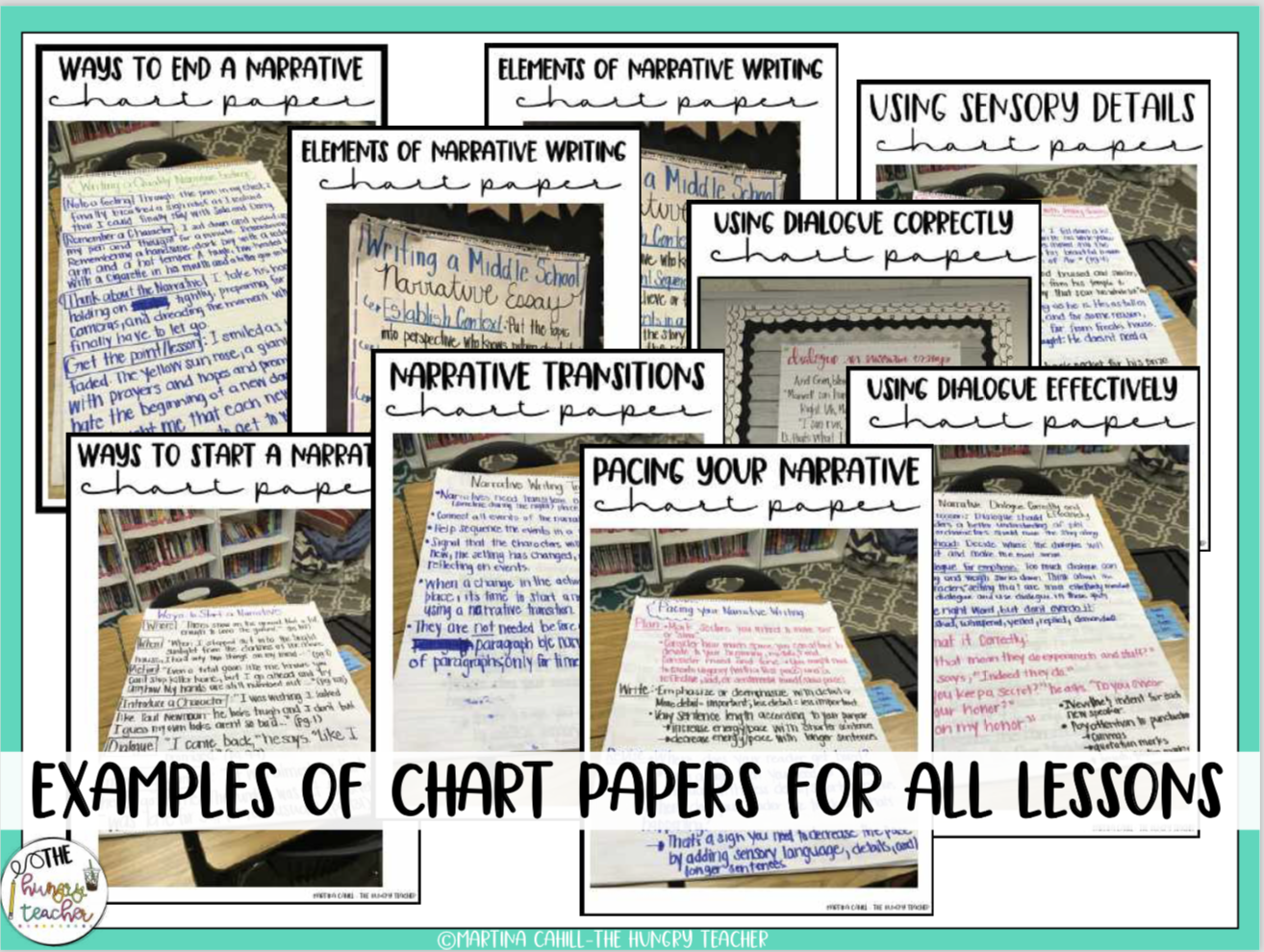
INDIVIDUAL WRITING CONFERENCES
I strongly believe that my students write really strong narrative essays because of how I do writing conferences with students.
I have a separate blog post all about how I do writing conference in my middle school ELA classroom, because there was a time when I did them like I “thought” I needed to do writing conferences.
I thought I needed to spend time training them, making them be prepared for them, and then trying to come up with discussion points. I’ve since learned that that just isn’t reality when you have 100+ middle school ELA students.
Check out my blog post all about this here.
I also have since made tons of editable middle school narrative essays rubrics and writing conference forms for teachers and students.
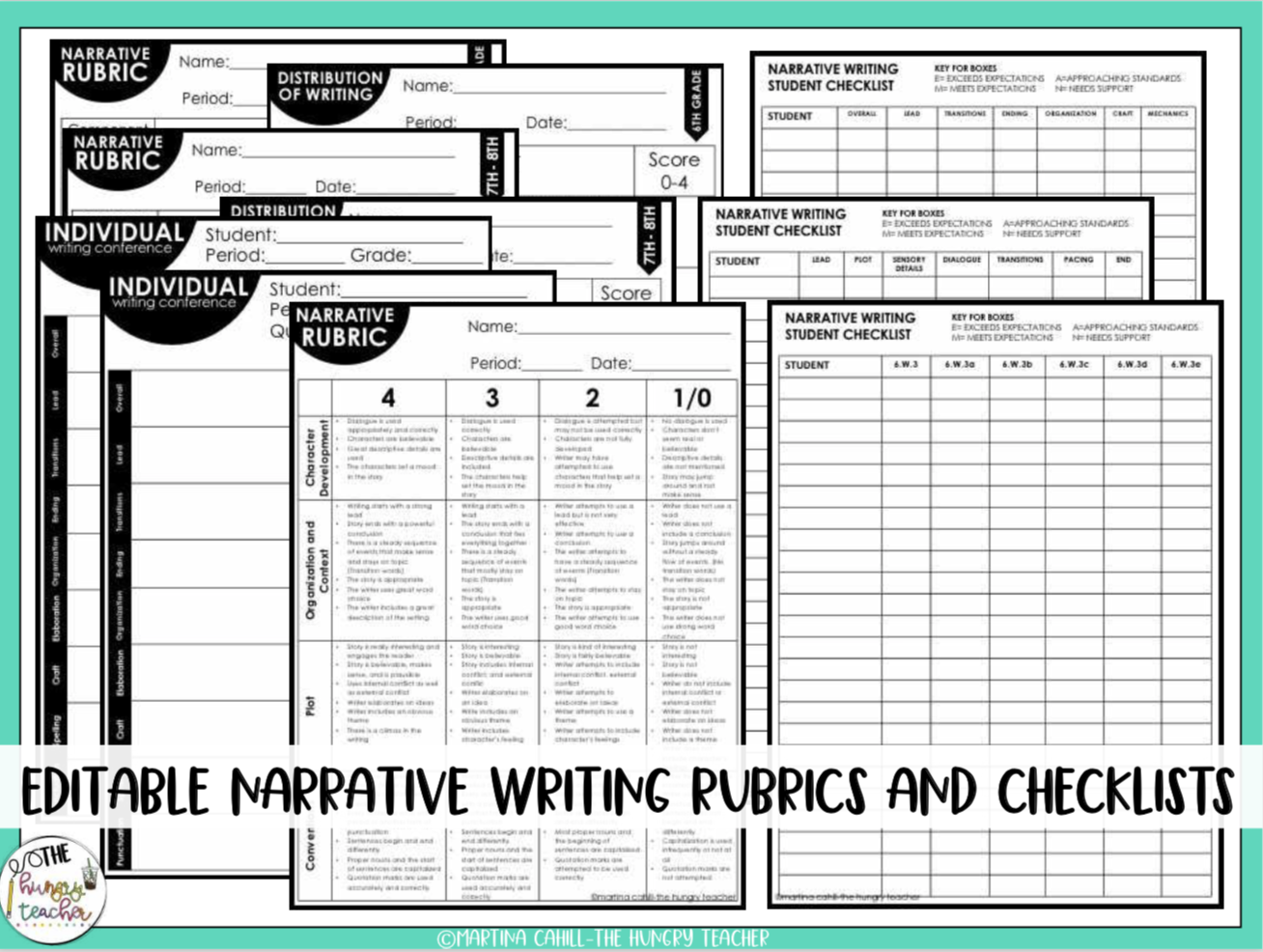
FREE NARRATIVE REFERENCE NOTEBOOKS
One of the biggest updates I made while redoing my narrative writing unit was making a narrative reference notebook.
It’s perfect for students to create at the beginning of the units and to reference while creating their narrative essays.

Share it:
- Read more about: Back to School, Middle School ELA Assessment, Middle School Writing, Organization, Printables for Teachers
